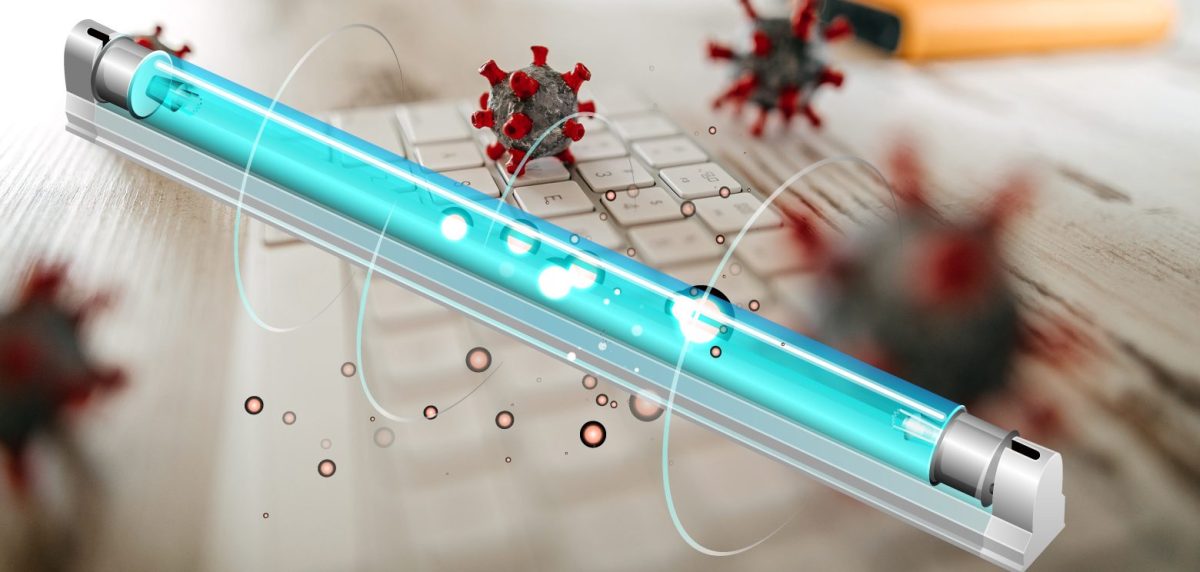In the quest for cleaner and healthier indoor environments, UV germicidal lights have emerged as a powerful tool. These lights utilize ultraviolet (UV) radiation to eliminate harmful bacteria, viruses, and molds that can circulate in the air. In this blog, we will delve into the world of UV germicidal lights, exploring their benefits, applications, and considerations for incorporating them into your indoor spaces.
Understanding UV Germicidal Lights
UV germicidal lights, also known as ultraviolet germicidal irradiation (UVGI) lights, are devices that emit UV-C radiation. UV-C light has the ability to disrupt the DNA and RNA of microorganisms, rendering them unable to reproduce and causing their demise. These lights are designed to be installed within the HVAC system or air purifiers, where they can effectively target and neutralize airborne pathogens.
The Benefits of UV Germicidal Lights
UV germicidal lights offer a range of benefits for indoor environments. Firstly, they provide an additional layer of protection against infectious diseases by destroying bacteria, viruses, and molds. This can be particularly advantageous in spaces where people congregate, such as offices, schools, hospitals, and residential buildings. Secondly, UV germicidal lights help improve indoor air quality by reducing the presence of allergens and odors. They can also aid in controlling the growth of mold and mildew in damp areas.
Applications of UV Germicidal Lights
UV germicidal lights find applications in various settings where maintaining clean and healthy air is crucial. They are commonly used in hospitals and healthcare facilities to reduce the transmission of infections. UV lights are also beneficial in commercial buildings, particularly in high-traffic areas like lobbies and shared spaces. Additionally, they can be employed in residential settings to improve indoor air quality and provide peace of mind.
Installation and Integration
To effectively utilize UV germicidal lights, proper installation and integration are key. It is important to consult with professionals who specialize in HVAC systems and air purification to determine the most suitable setup. The lights should be strategically placed within the system to ensure maximum exposure to circulating air. Additionally, integrating UV germicidal lights with other air filtration technologies can create a comprehensive and efficient indoor air quality solution.
Safety Considerations
While UV germicidal lights offer great benefits, safety considerations are paramount. UV-C radiation can be harmful to human health if directly exposed to the skin or eyes. Therefore, proper shielding and safety mechanisms should be in place to prevent accidental exposure. It is crucial to follow manufacturer guidelines, maintain regular maintenance, and work with trained professionals during installation and maintenance.
Maintenance and Lifespan
Like any other technology, UV germicidal lights require regular maintenance to ensure optimal performance. This includes periodic cleaning of the bulbs and the surrounding surfaces to remove dust and debris. It is also important to monitor the lifespan of the bulbs and replace them according to the manufacturer’s recommendations. Proper maintenance and regular bulb replacement will ensure the longevity and effectiveness of the UV germicidal lights.
Supplementing Overall Indoor Air Quality Practices
UV germicidal lights should be considered as a supplement to, rather than a replacement for, other indoor air quality practices. They work in conjunction with proper ventilation, air filtration systems, and regular cleaning routines. Combining UV germicidal lights with these practices can create a comprehensive approach to maintaining a cleaner and healthier indoor environment.
UV germicidal lights are a valuable technology for improving indoor air quality and reducing the transmission of airborne pathogens. By harnessing the power of UV-C radiation, these lights offer an additional layer of protection against bacteria, viruses, and molds. Proper installation, integration, and maintenance are essential to ensuring their effectiveness and safety. When used in conjunction with other indoor air quality practices, UV germicidal lights can contribute to creating healthier and more comfortable spaces for all.

